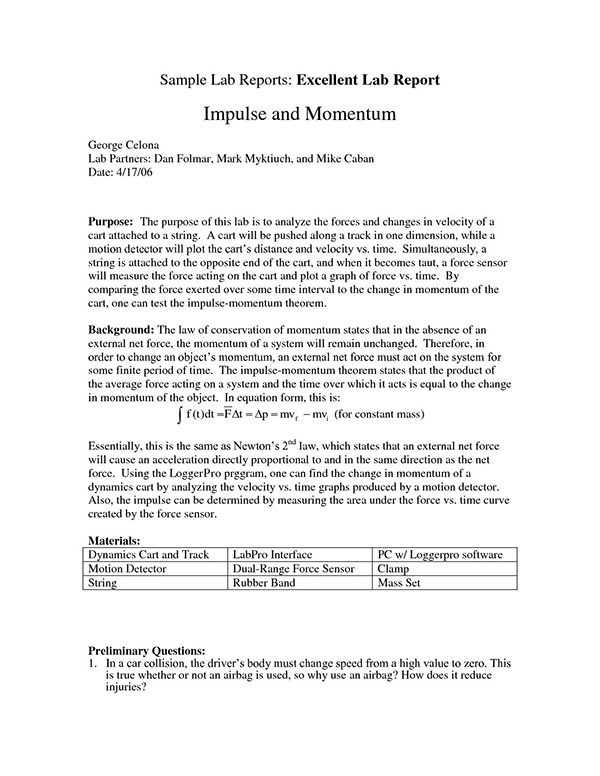Writing a Lab Report: What is That
/rating_off.png)
/rating_off.png)
/rating_off.png)
/rating_off.png)
/rating_off.png)
Lab reports are formal academics that are assigned to students after having an investigation and experiment. The lab reports can be of different variations. However, the purpose of them all remains the same.
So, the aim of a lab report writing is to report and present the findings you made during the experiment and state why these findings are important.
In order to compose a good laboratory report, you need to understand that it is not only about presenting some data. It should also demonstrate your understanding of this data and its significance. You also need to be aware of what is the reason for getting such results and how it can contribute to the development of the matter.
Certainly, lab writing requires a lot of time and efforts since you also need to structure and organize your paper in a proper way. Probably, you have already seen an example lab report but we will discuss everything in details below.
Common Elements of a Laboratory Report: Writing Process
If you are wondering how to write a lab report, its structure is presented below:
- The title page
The main aim of a title page is to identify the focus of the lab itself. It should contain some information about the experiment: its name, date, your own name and name of your partners, name of your professor. A title page should be informative and precise – no more than ten words.
- The abstract
The aim of the abstract is to provide a brief overview of the report with findings and major conclusion included. It should be one paragraph long with 100-200 words. The abstract is usually written after everything else about a report is done. However, take into account that short lab reports do not always require an abstract.
- The introduction
Lab report introduction is more narrow than the abstract. It aims to provide some background information concerning the experiment. In the introduction, you also need to shortly explain all relevant theories, indicate the problem and hypothesis, and highlight the objectives of the experiment.
- Methods and materials
It is usually a simple list where you indicate all the materials, procedures and equipment that were used during the experiment. This part of a laboratory report may also contain some flow charts and diagrams of both the procedures and experimental set-up.
- Results and analysis
This is a part of a lab report where you need to present the experiment results graphically by using tables. Be sure that all graphics are readable and clear.
- Discussion
This is actually the most important part of your lab report. Here you need to analyze, explain, and discuss everything related to your experiment. This part of your report shows that you are able to understand the results, not just simply carry out the experiment. In this section, you also need to summarize all findings, key points, and limitations. And, the last of what you need to include in the discussion section are some recommendations on how to overcome stated limitations. Do not forget to state possible future directions that can be made to develop the research. In order to make your discussion section better, try to fulfill the following tasks: compare the expected results with those you got, discuss the experimental error, explain your results on the basis of theoretical issue, relate the result to the objectives, compare your experiment to the similar ones, state the strengths and limitations of the experiment.
- Conclusion
It is usually short in most of the lab reports. The conclusion restates the problem that was investigated and sums up all findings on the basis of the stated hypothesis. It can also contain some information about the value of the experiment and possible future works on it.
- References
This section includes your lab manual and other publications that were used and cited in the lab report text. It allows readers to locate all the sources without problems.
- Appendices
This section usually contains some raw data, calculations, tables, graphics, etc. Namely, here you put all the information that is too detailed to be included in the main lab report.
To have a better understanding of the structure, you can always check a lab report example. Hopefully, this information will help you to compose a good lab report. Tips here are up-to-date and meet the highest writing standards.

